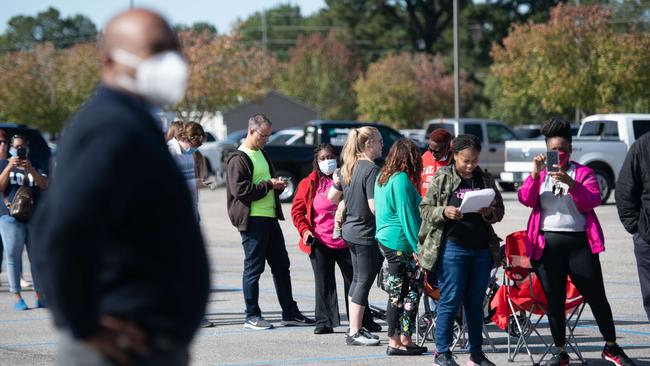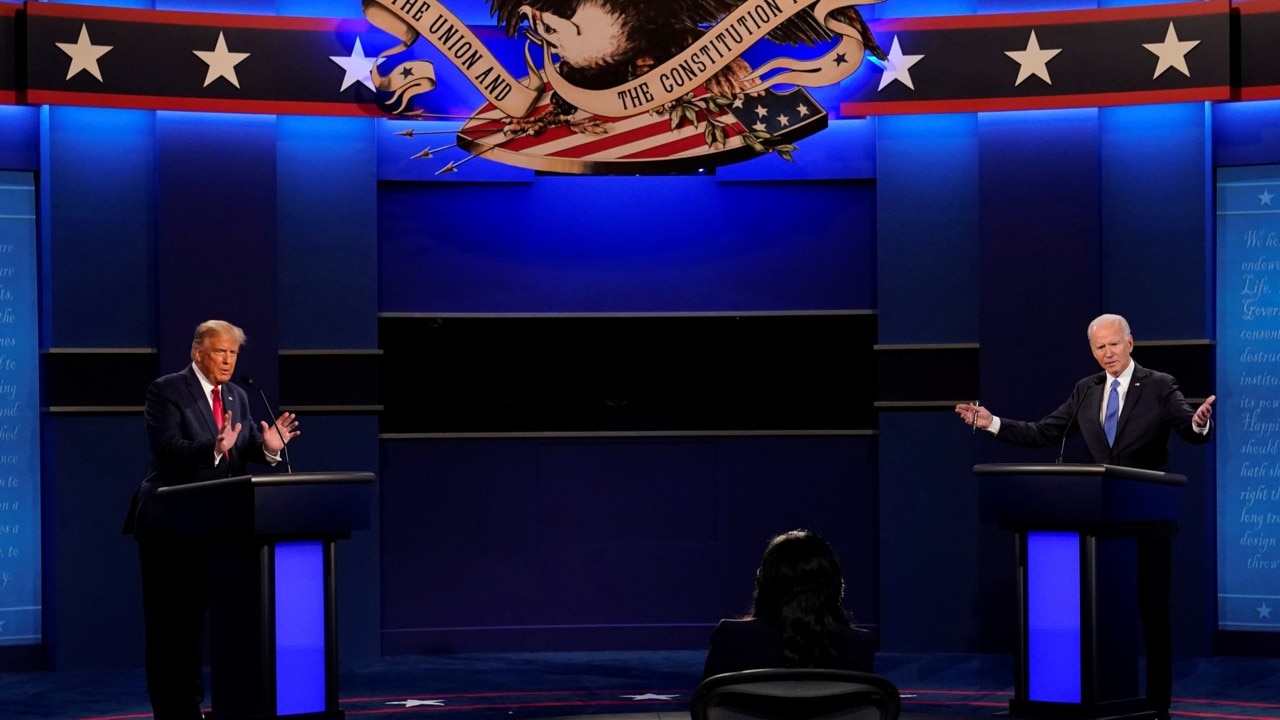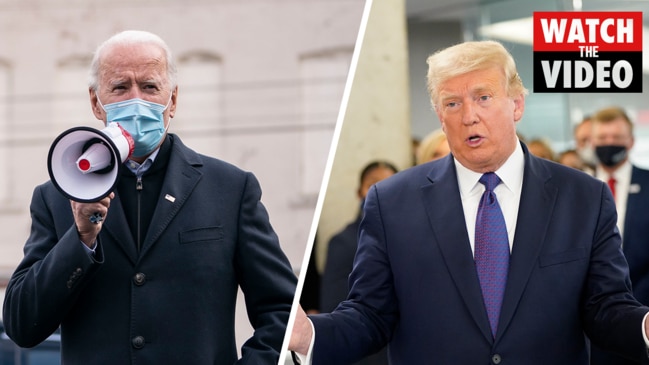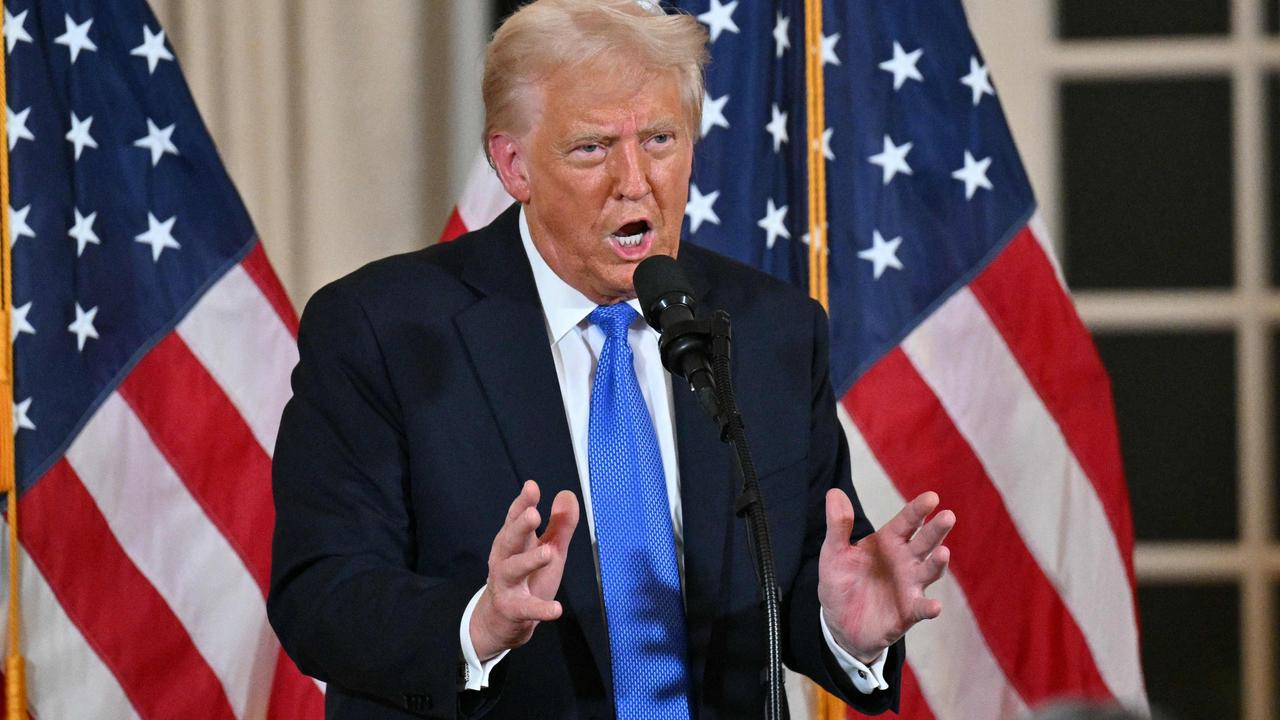This Election Highlights How Divided the Nation Remains

A divided nation is emerging from a wrenching presidential election still divided -- and divided in many of the same ways it was before.
The precise outcome of the presidential race was undetermined late Tuesday night, but this much was clear: Any thought that the political picture would look vastly different after a year of bitter debate and national reflection, and as a result of a cathartic presidential election, seemed to be fading away.
Instead, the same splits that have been on display in recent years are still there, and in some cases they appeared to have widened. The gap between men and women in Tuesday’s voting was large: Democrat Joe Biden drew the votes of 58% of women but just 49% of men, according to AP VoteCast, a broad nationwide survey conducted for The Wall Street Journal and other news organizations.
READ MORE: US election live coverage | Polls have it wrong again | Democrats win House; Senate up for grabs
President Trump won the votes of 61% of white working-class men, while Mr. Biden won an almost identical 62% of the votes of white women with college degrees. The president may have made some inroads with Black men and Hispanics in Florida, but voters of color remain a heavily Democratic constituency.
The vast swath of rural and small-town counties that were painted Republican red in the 2016 election that swept Mr. Trump into the White House remain that color, while the urban counties that have become the stronghold of the modern Democratic Party remained deep blue. The biggest movement in the ensuing four years came among suburban women moving against the president, but he offset his losses there, at least to some extent, by creating new voters among working-class white men.

In sum, the most bitter presidential campaign in memory, conducted against the backdrop of a pandemic and summer of racial reckoning, seems not to have altered the fundamental contours of the American body politic. There have been changes in the margins, to be sure, but the massive turnout seen in this year’s voting seems to have only confirmed with greater intensity how deep the divides run.
What all this says about the ability of those in Congress and the White House to govern effectively is hard to say. There have been plenty of important issues on the table in the 2020 presidential debate: the level of taxation, the urgency of counteracting climate change, the contours of the American health-care system, the country’s willingness to accept new immigrants.
But at its heart, the 2020 race was more about cultural issues and attitudes: Should the country worry more about public health or economic health? Should a summer of social unrest leave Americans worrying more about systemic racism or a breakdown of law and order? Is the country’s growing diversity a strength to relish or a hurdle to overcome?

At first blush, it doesn’t appear the election showed a consensus emerged on any of those questions. Instead, the debate over all of them seems destined to carry on.
The presidential campaign played out across a map remarkably similar to the one seen four years ago, and election-night returns confirmed that that map continues to accurately portray the divisions of America.
It is clear from the voting outcome that Democrats are beginning to make inroads in states that once seemed far from their grasp -- the states of Georgia and Texas in particular. Demographics seem destined to drive both toward them in the long run, but not enough to put them within their reach now. In addition, Democrats seem to have ridden a wave of demographic change to flip Arizona from red to blue.
Similarly, the votes of young Americans are flowing toward Democrats as well, but not yet in enough numbers to radically alter the national equation.
In many places, the election confirmed, red America is growing more red and blue America more blue. President Trump sought to do something no president had ever even attempted to do before: run for re-election without ever having topped 50% job approval in the venerable Gallup poll. He showed, once again, that people who don’t particularly like him, and who don’t like many of the things he does, are willing to vote for him.
And Mr. Biden was trying to bridge the gap between a Democratic Party of the new left and a Democratic Party of the old center, where he has spent his career.
Yet they both found that they were most successful in winning the votes not of people who were for them, but of those who were against the other guy.
In that sense, the Trump era, which has been a time of deep division, remained precisely that as the nation pondered whether to give him four more years. The two 70-something contenders were battling deep into Tuesday night without a clear outcome, though their battle did confirm that nobody has yet emerged to bridge some of the nation’s most basic splits.
The Wall Street Journal


